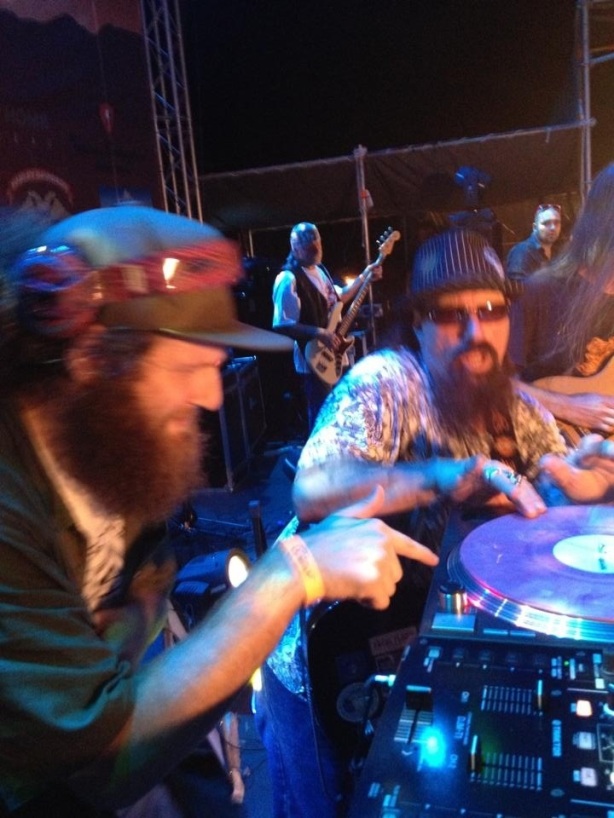Modulation is the process of changing keys within a composition. In classical theory, certain key changes are often dictated by the form of a piece. In jazz, modulation is a common method of creating intense, interesting and difficult progressions. In pop music, modulation is used to gain certain changes in mood to achieve certain pop standards of composition. Modulating can be complicated or quite simple, depending on the desired effect. In this post, I would like to address one of the simplest modulations and hope to open a door to understanding the basic idea behind it, and give a peek into the idea of simple chord substitution.
Modulating from major to relative minor using simple chord substitution.
For the purpose of this discussion, we will use the sample, relative keys of C Major and A Minor. To keep the example as simple as possible, we will use the I, IV and V7 chords of each key.
C Major: I = C Major (C). IV = F Major (F). V7 = G7.
A Minor: I = A Minor (Am). IV = D Minor (Dm). V7 = E7
Since theses are relative keys, this will be a pretty simple and seamless modulation. The key to this working is the V chord of each key. The two keys contain the same sets of notes, with the only exception being the notes of the V7 chord. To make a long story short, when you play the G7, your ear will expect the C next. When you play the E7, your ear assumes the next chord is Am. In the E7 chord, you will find the G# note. This note is the leading tone of A, and your ear will expect it to resolve to an A next. So, here are two sample progressions. First I will show you the two independent progressions, and then we will arrange the chords to logically lead your ear to move the I from C to Am.
| I | IV | V7 | I |
CM progression:
| C | F | G7 | C |
Am progression:
| Am | Dm | E7 | Am |
Now to blend these together fairly seamlessly, we will use the E7/G# chord and slide the root right into an A. (E7/G# means to play an E7 chord with a G# bass. This would mean the lowest sounding note of your chord should be G#. Consult fingering charts or a reference manual like the Guitar Grimoire Chords and Voicings book for a fingering that suits your tastes.)
To join these progressions, we will insert the following progression between the two which will guide the listener’s ear to the new key.
| C | F | G | E7/G# |
We are substituting the chord E7 (The V7 of the new key) instead of the normal E minor chord for the C Major’s III chord. This leads the ear to A minor, where you can continue the above minor progression. The sequence would look like this:
| C | F | G7 | C |
| C | F | G | E7/G# |
| Am | Dm | E7 | Am |
To return to C, we will use the very common ii-V-I progression and we should be able to return to C in a natural sounding way. Assuming we are still in Am, we will start the progression from the Am. The progression would then look like this:
| Am | Dm | G7 | C |
The final sequence would look like this:
| C | F | G7 | C |
| C | F | G | E7/G# |
| Am | Dm | E7 | Am |
| Am | Dm | G7 | C |
Hopefully, this gives some insight into substituting chords to open the door to changing keys. There are many more ways to change keys and a seemingly infinite number of chord substitutions. The purpose here is to demonstrate a couple simple ways to achieve some very common modulations.
Until next time, rock on and stay tuned.



